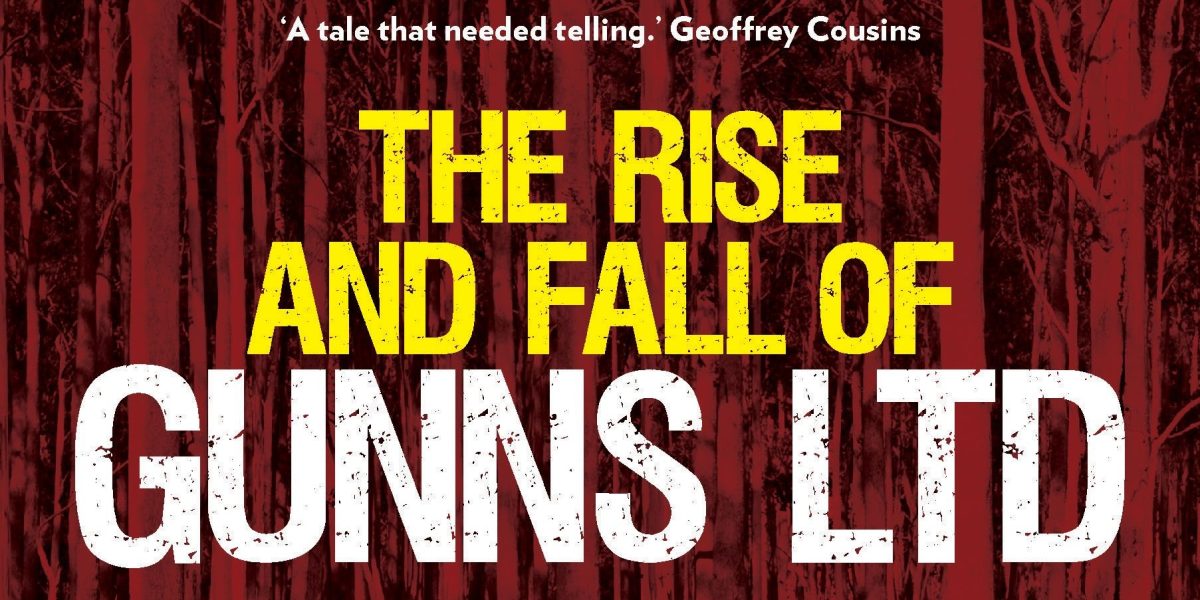The business landscape can be a tumultuous terrain, where even established companies can find themselves facing unexpected challenges. One such case is that of Gunn Ltd, a notable company in Australia that, despite its historical significance, faced the unfortunate fate of bankruptcy. In this blog post, we delve into the factors that contributed to Gunn Ltd’s financial downfall, shedding light on the lessons to be learned from its journey.
A Brief Overview of Gunn Ltd:
Gunn Ltd, a prominent Australian company with a rich history spanning several decades, was renowned for its contributions to various industries. From agriculture and forestry to retail and property development, the company’s diverse portfolio once symbolized its dynamism and potential. With a legacy deeply ingrained in Australia’s economic landscape, the news of its bankruptcy came as a surprise to many.
The Confluence of Factors:
1. Economic Turbulence: Gunn Ltd’s bankruptcy can, in part, be attributed to the challenging economic conditions that prevailed during its decline. Economic fluctuations, market instability, and changes in consumer behavior collectively impacted the company’s revenue streams and financial stability.
2. Environmental and Regulatory Issues: The forestry and agriculture sectors, once significant components of Gunn Ltd’s operations, faced heightened scrutiny due to environmental concerns and evolving regulations. Stricter rules surrounding land use, deforestation, and sustainable practices impacted the company’s ability to operate within these sectors profitably.
3. Debt Accumulation: Like many companies, Gunn Ltd may have faced challenges managing its debt load. Accumulating debt, especially during periods of economic uncertainty, can strain a company’s financial health and hinder its ability to invest in growth or navigate challenges effectively.
4. Strategic Missteps: The rapid diversification of Gunn Ltd’s portfolio may have spread the company’s resources thin. Overextension into multiple sectors without a cohesive strategy can dilute a company’s focus and hinder its ability to excel in any one area.
5. Lack of Adaptability: In a rapidly changing business landscape, adaptability is key. Gunn Ltd’s inability to pivot its operations or business model to align with evolving market demands might have contributed to its downfall.
Lessons to Learn:
The story of Gunn Ltd’s bankruptcy offers valuable insights for businesses, investors, and policymakers:
1. Prudent Financial Management: Sound financial management, including strategic debt management and maintaining adequate reserves, is crucial for weathering economic challenges.
2. Environmental Stewardship: Companies must consider and adapt to environmental concerns and regulatory shifts to ensure sustainable practices that align with both ethical considerations and legal requirements.
3. Strategic Focus: While diversification can be beneficial, a clear strategic focus and a deep understanding of core competencies are essential for long-term success.
4. Adaptation and Innovation: The ability to adapt and innovate is imperative. Businesses must be agile in responding to changing market dynamics and consumer preferences.
5. Risk Management: Comprehensive risk management strategies that account for potential economic, regulatory, and operational challenges are critical for navigating uncertainties.
The case of Gunn Ltd’s bankruptcy serves as a stark reminder of the complex interplay of factors that can lead to a company’s downfall. By learning from such instances, stakeholders in the business community can work towards a more resilient and adaptive future, where companies are better equipped to withstand challenges and seize opportunities for growth.

